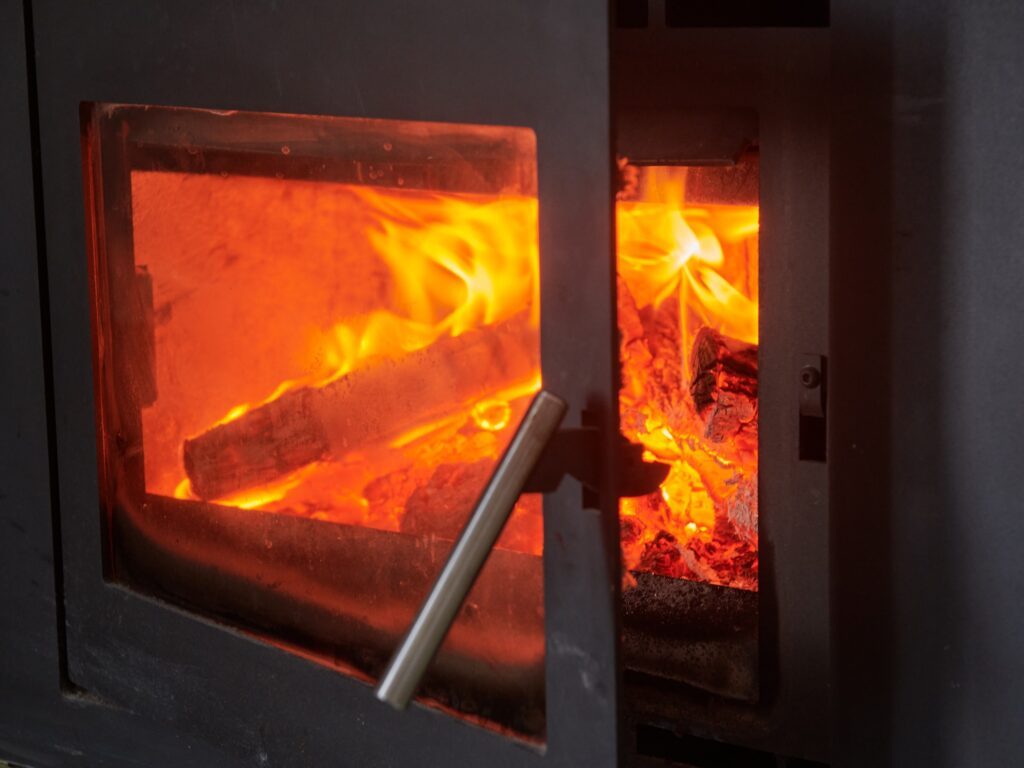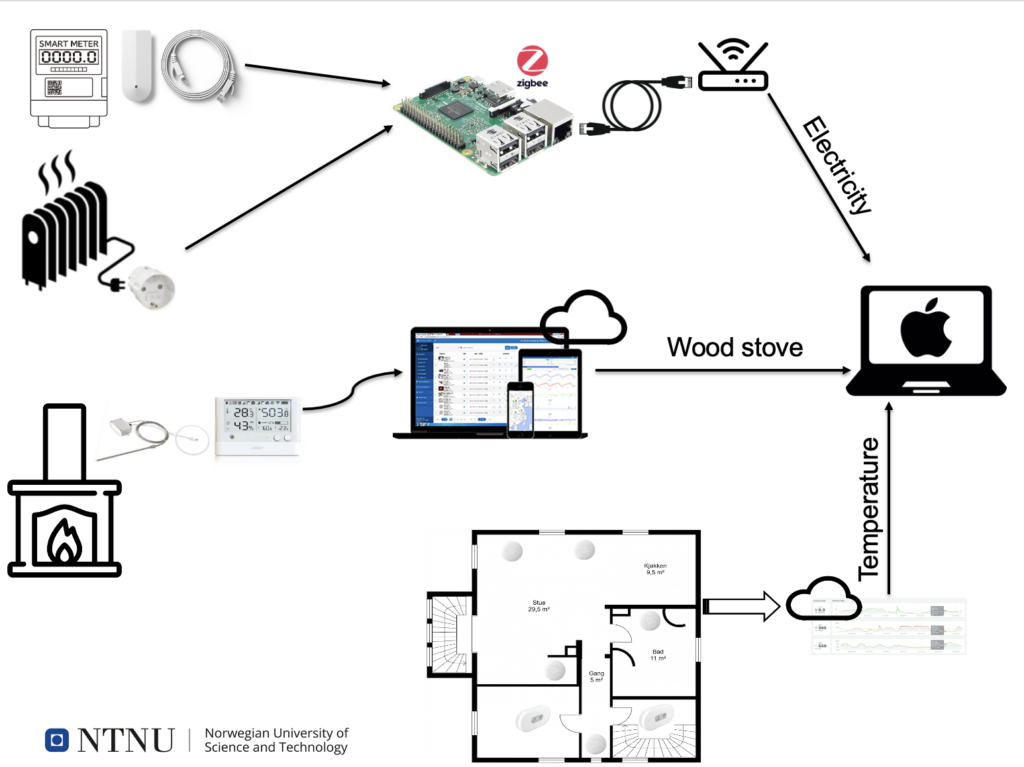My PhD is part of the SusWoodStoves project, and will aim to uncover a link between using wood stoves and cutting electricity power consumption on chilly days. The aim is to lower electricity bills and ease the load on the electricity grid. As electricity use increases in Norway due to more electric vehicles (EVs), finding a sustainable substitute for home heating becomes crucial.

A viable alternative to preventing grid expansion
In electricity grids, the amount of electricity generated and distributed should equal exactly the electricity consumed, otherwise there is a risk of electricity supply disruption (brownout), and in the worst case a blackout. The grid capacity to distribute electricity is not infinite, it is designed to face the worst-case scenario, typically the maximum electric power needed by the end-users. The historical electric power from the end-users tends to increase progressively, year after year, so that the electricity grid is operated closer to its limit.
Wood stoves have relatively high heating power. If they are phased out, replacing them with electricity could lead to significant stress on the grid. If they are used in a good way, they can reduce the electric power, especially during the coldest days. In case, it would enable us to avoid reinforcing the electricity grid (or at least, enable reducing or postponing this large infrastructure investment).
Wood Stoves as Possible Savers on Electricity Costs
Utility bills are calculated based on the energy use but also on the highest power peaks within the past month, using your hourly averaged power data. This means that your next month’s bill could spike if you create a significant peak, particularly during morning or evening hours, typically before and after work. This situation worsens if you charge your EV during the same period as peak household equipment usage. A wood stove can step in at such times, curbing space heating power consumption and sparing you from facing a hefty bill.
Exploring How It Functions
In this PhD project, my initial focus is on detailed measurements on few houses, where I measure:
- The household’s electric power
- Analyze components related to space heating
- Observe the wood stove operation
- Monitor indoor and outdoor temperatures
This approach offers valuable insights into how these elements interact and reveals user behavior patterns.

Building upon this foundation, next phase involves upscaling to a broader context, such as a large set of houses within a city, allowing to analyze aggregated data which are statistically more representative. Presently, I am involved with five houses for detailed measurements, and in the near future, I will be investigating up to ten thousand houses using their smart meters.
Seeking additional households for our study
I am seeking additional households for participation in this study from October 2023 onwards. If interested, please reach out to me, and I will provide further details about the process.
About the author

Abolfazl Mohammedabadi is a PhD candidate at NTNU – Department of Energy and Process Engineering. His PhD project is affiliated with the SusWoodStoves project. His main supervisor is Laurent Georges at NTNU – Department of Energy and Process Engineering, and his co-supervisor is Øyvind Skreiberg at SINTEF Energy Research.
For more information about results from the SuswoodStoves project, see the project publications page.


